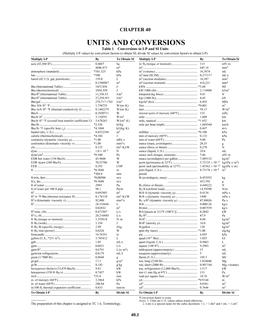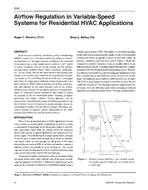Phase-change materials (PCMs) are substances with a high heat of fusion that, melting and solidifying at a certain temperature range, are capable of storing and releasing large amounts of energy. In PCMs, energy is absorbed or released when the material changes from solid to liquid and vice versa. Different types of PCMs have been tested as dynamic components in buildings during the last four decades. Most historical studies have found that PCMs may notably improve building energy performance. Experimental results that are reported for both laboratory-scale and full-size building elements were tested in the field. Some PCM-enhanced building materials, such as PCM-gypsum boards, PCM-impregnated concretes, or PCM-enhanced fiber insulations have already found their limited applications in different countries. Today, continued improvements in building envelope technologies suggest that throughout southern and central U.S. climates, residences may soon be routinely constructed with PCMs in order to maximize insulation effectiveness and maintain low heating and cooling loads. However, PCM applications, in order to be fully effective, need to be well engineered, taking into account optimum functional temperature for the PCM, its location, and its concentration. This paper presents a short overview of basic material characteristics and energy performance data necessary for future applications of simple PCM systems in residential and commercial buildings.
Product Details
- Published:
- 2013
- Number of Pages:
- 11
- File Size:
- 1 file , 2.6 MB
- Product Code(s):
- D-DA-13-001
- Note:
- This product is unavailable in Russia, Belarus


